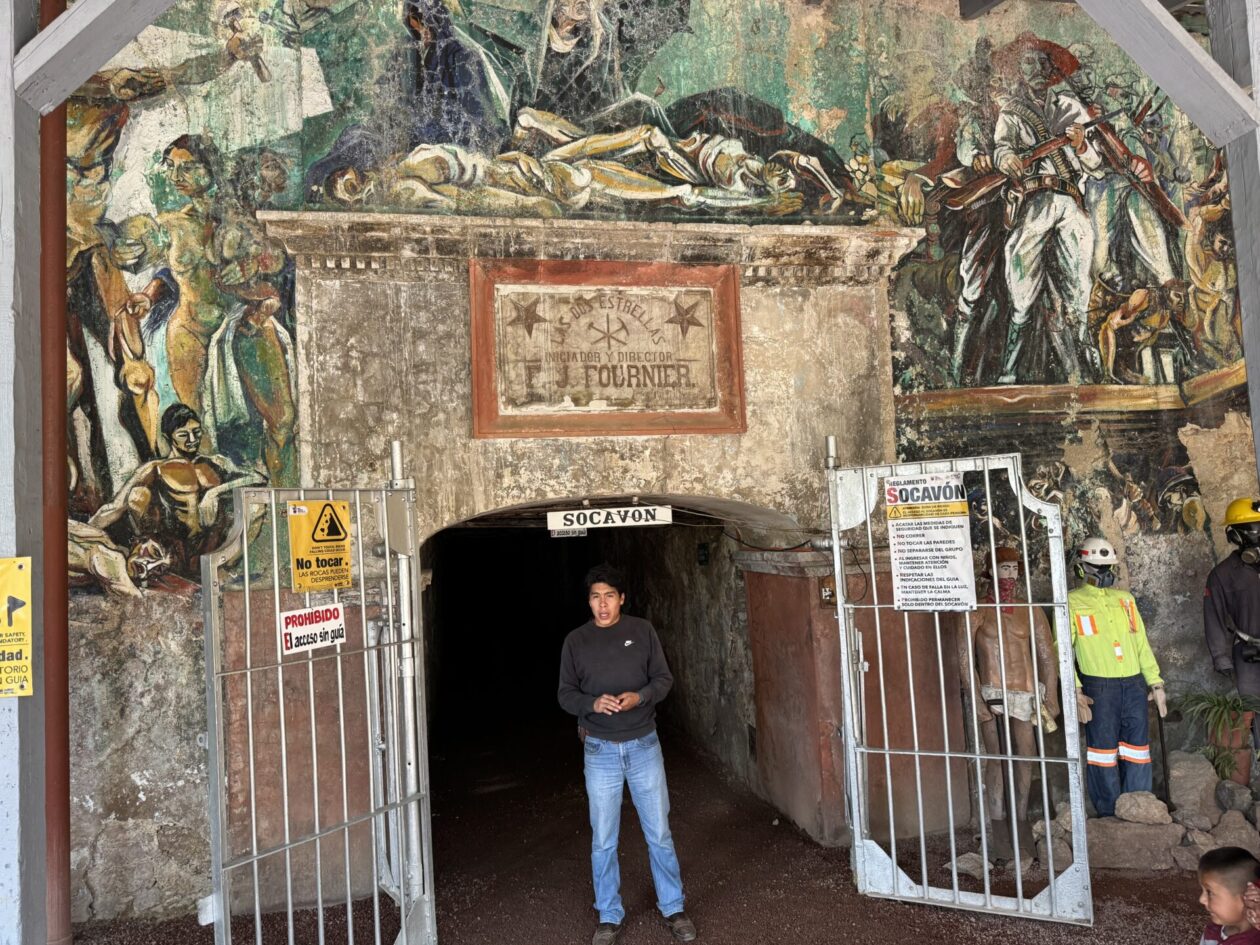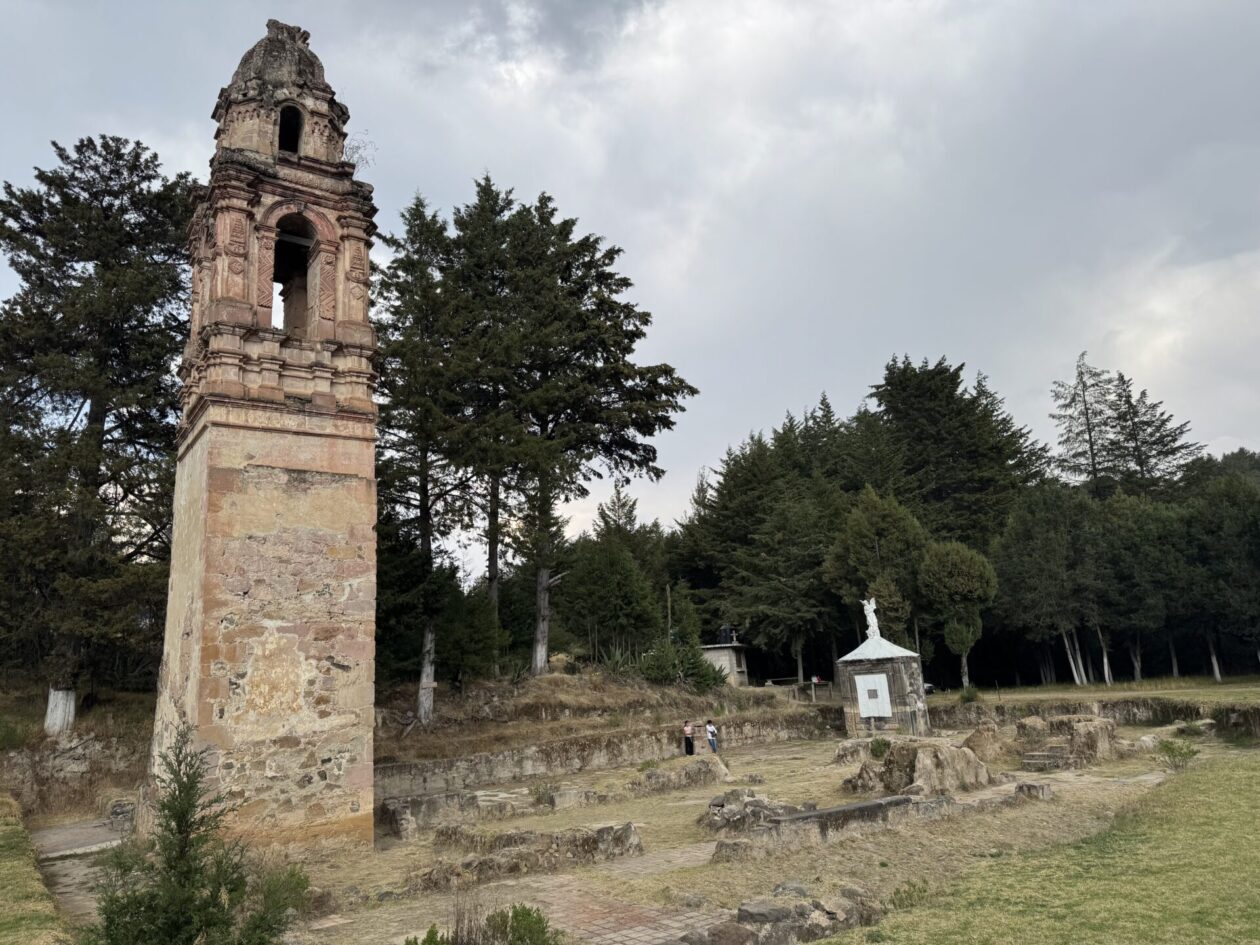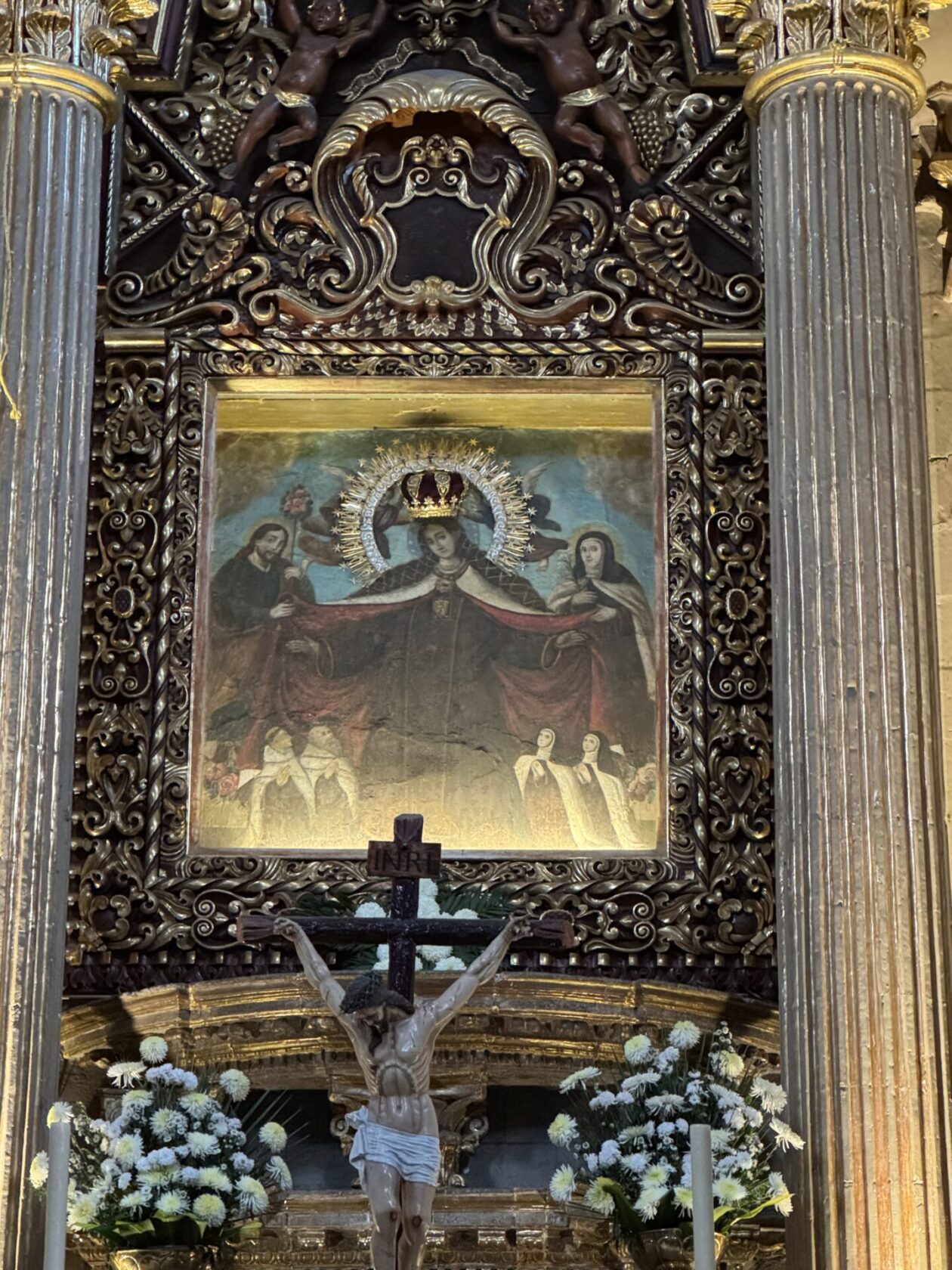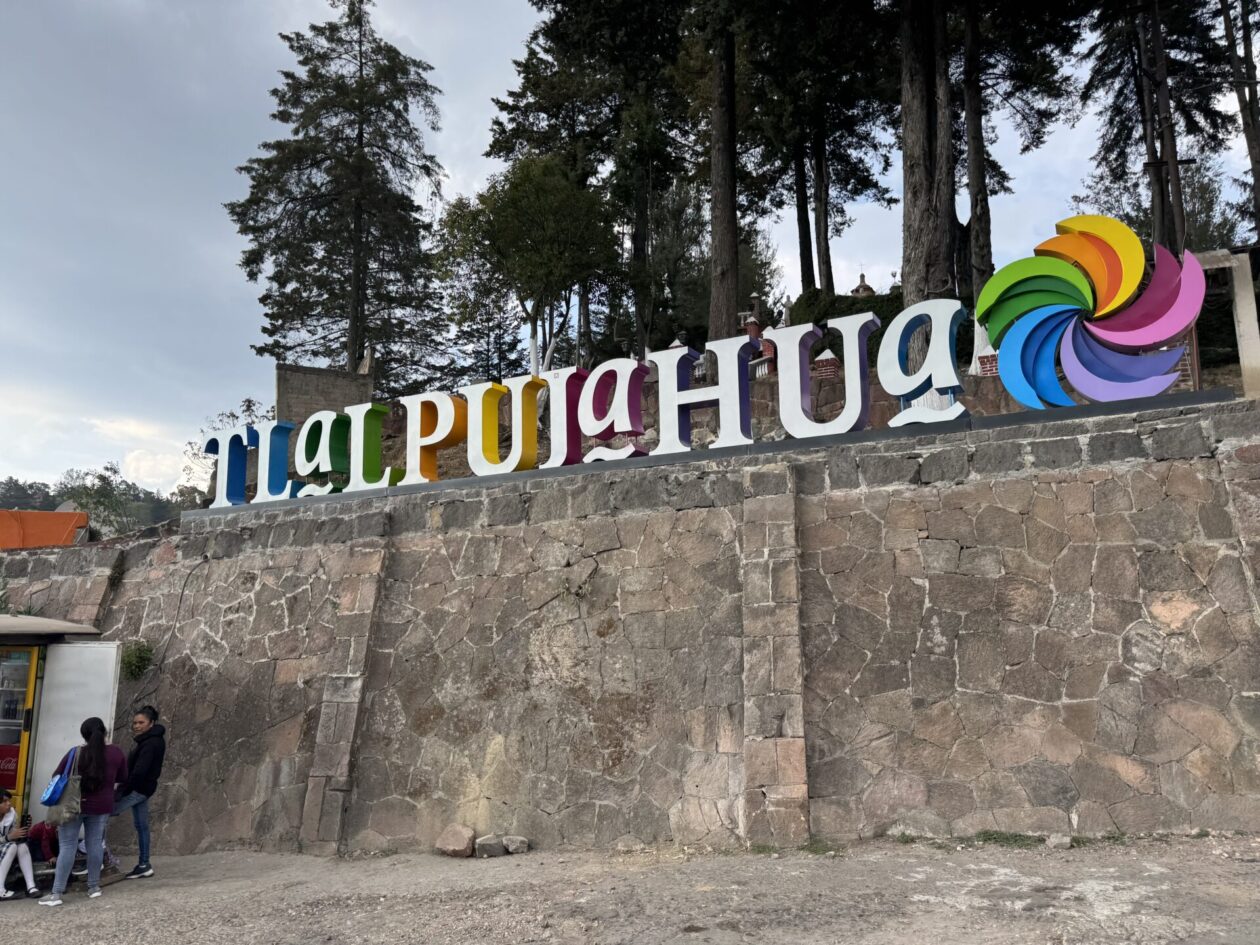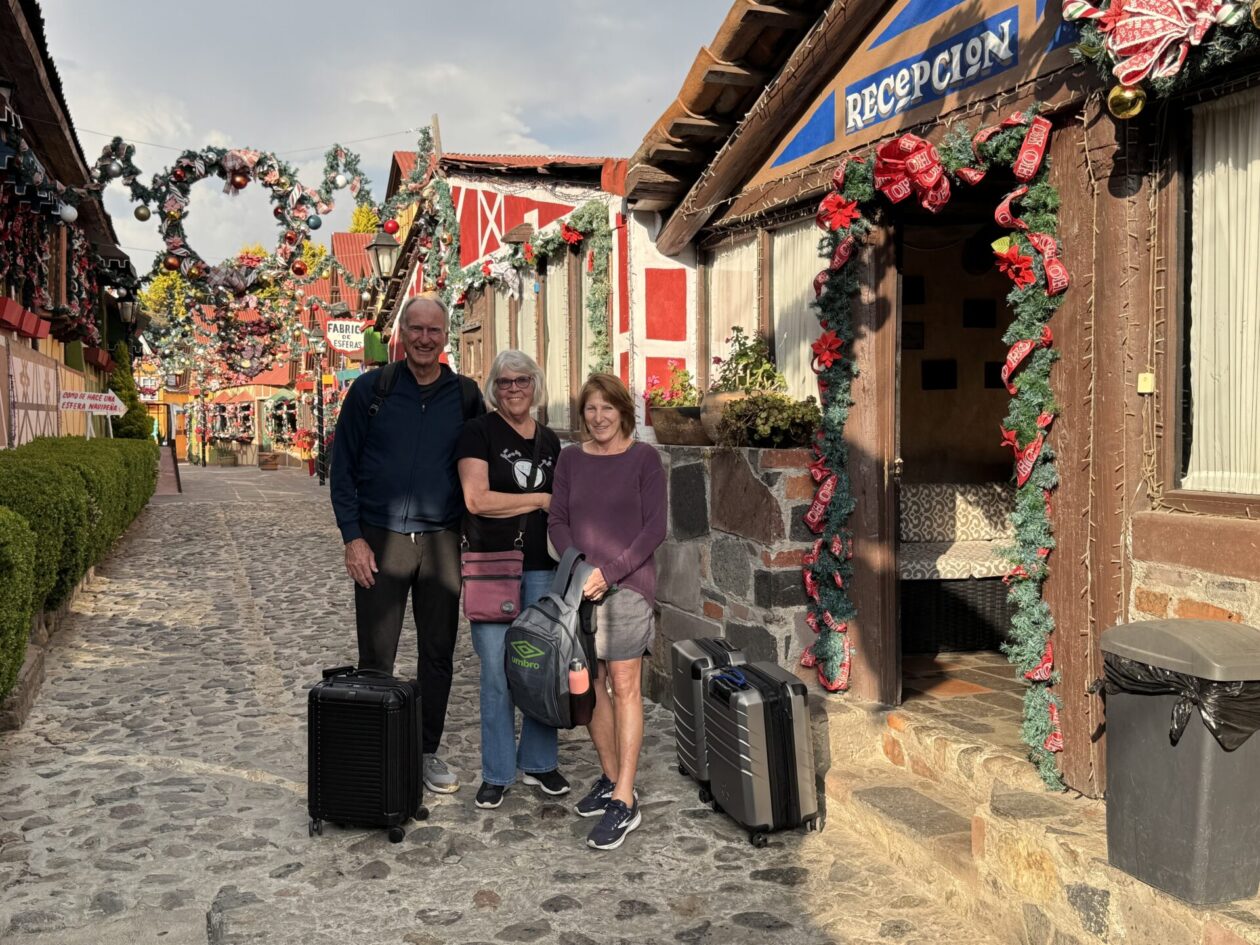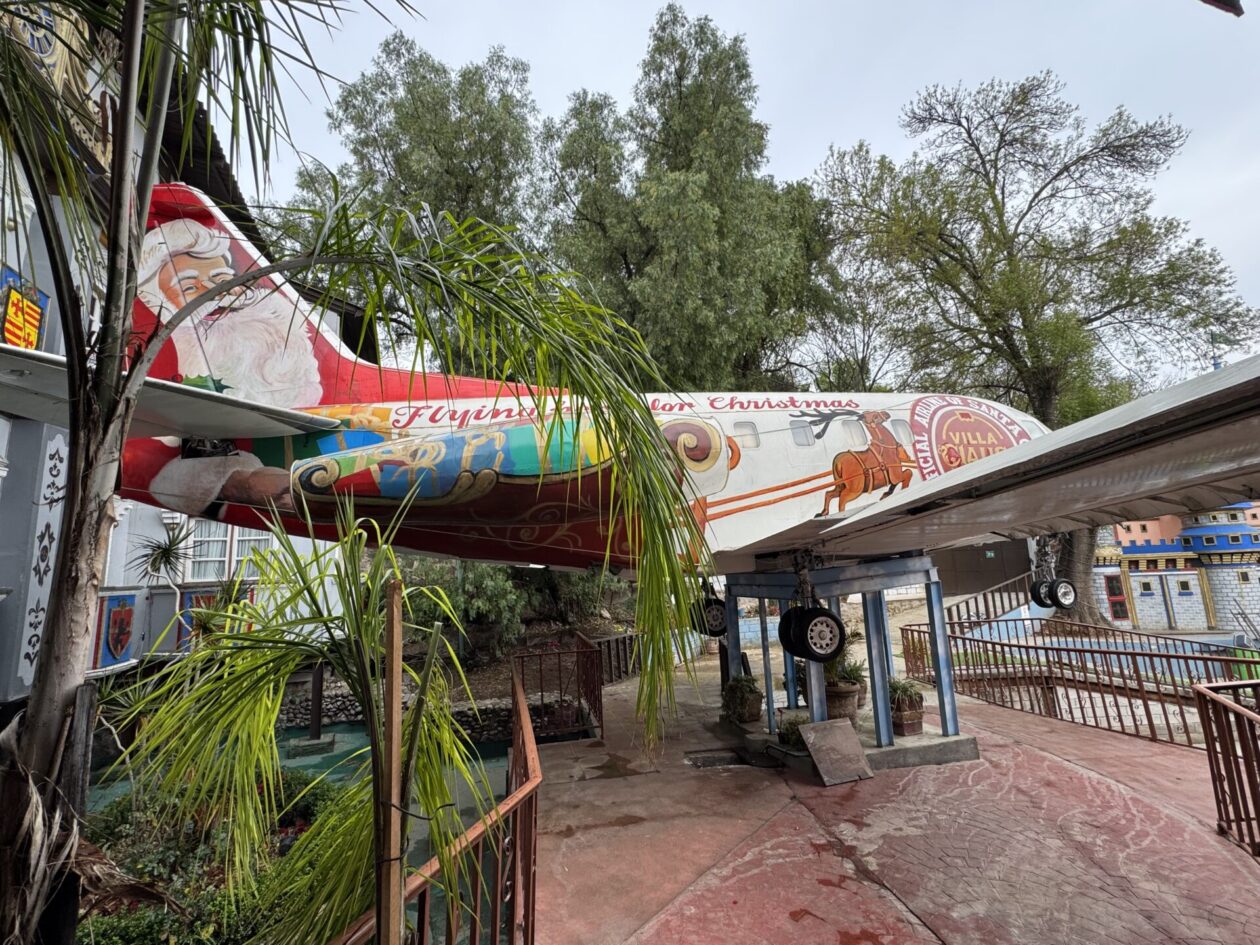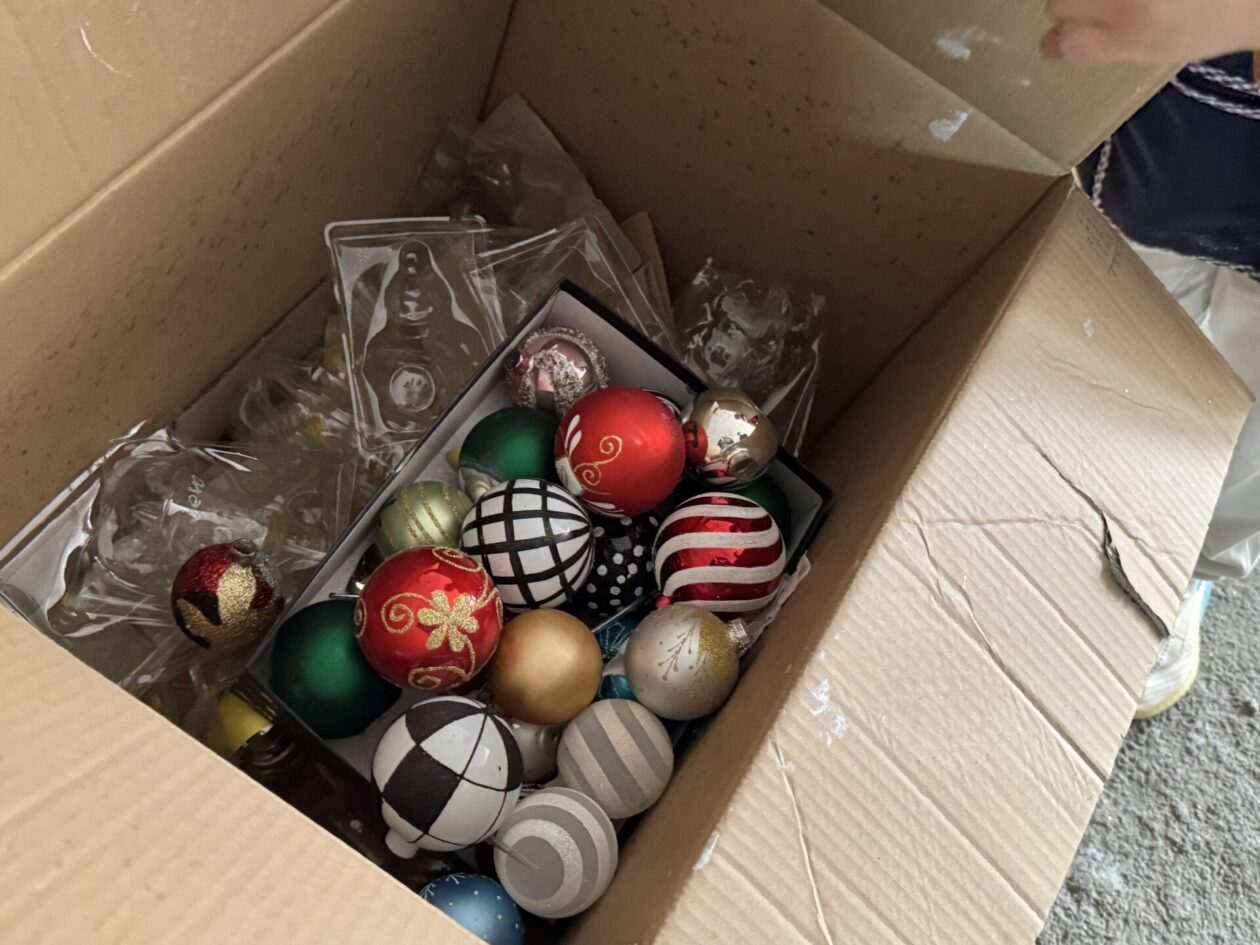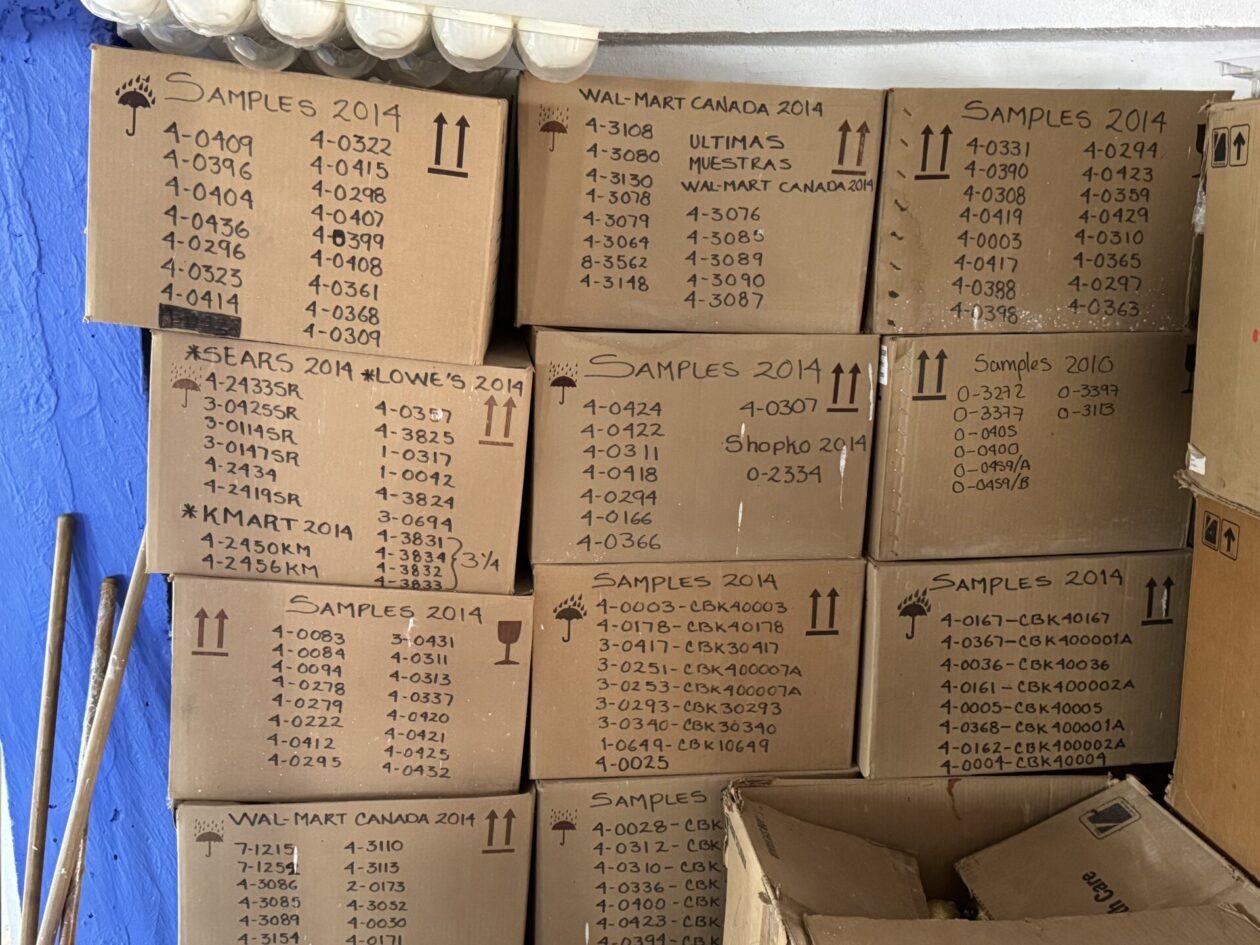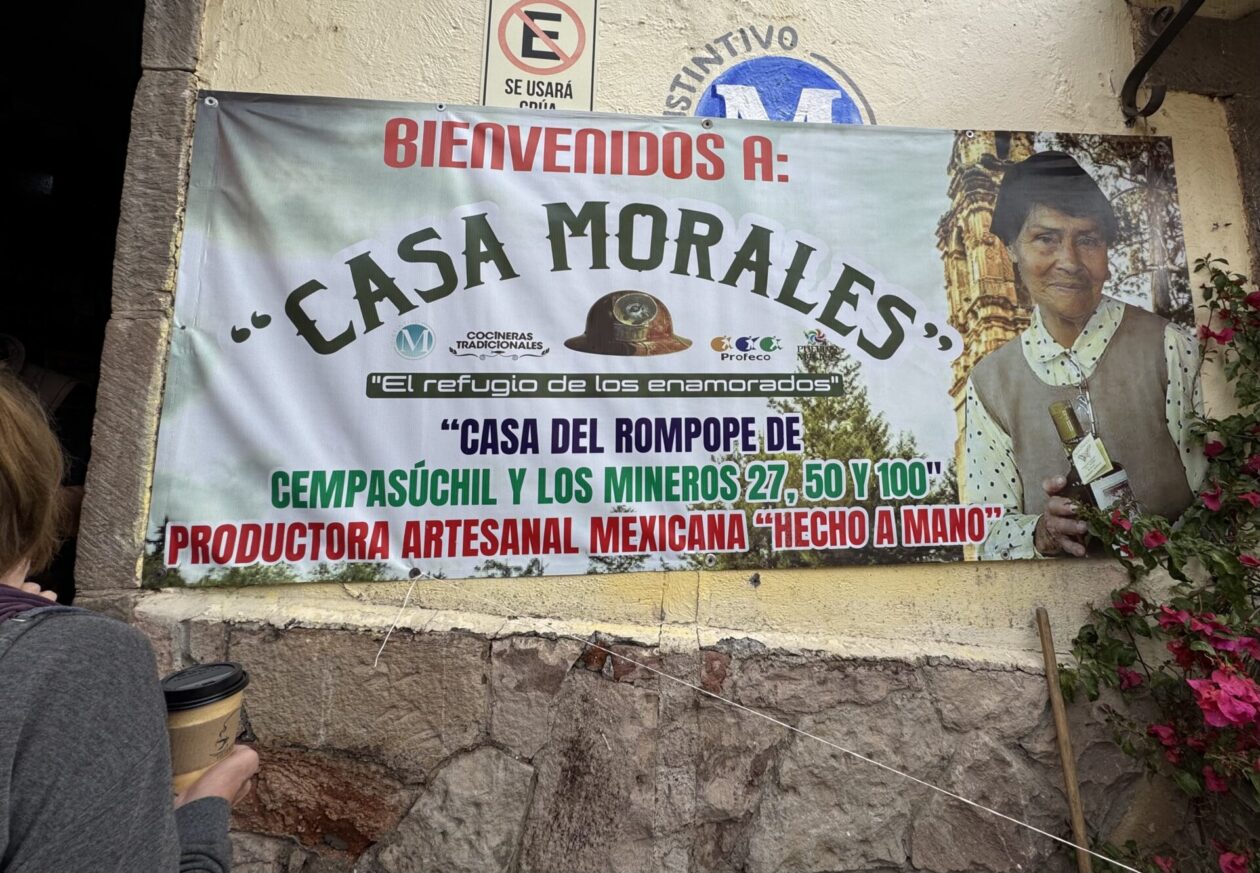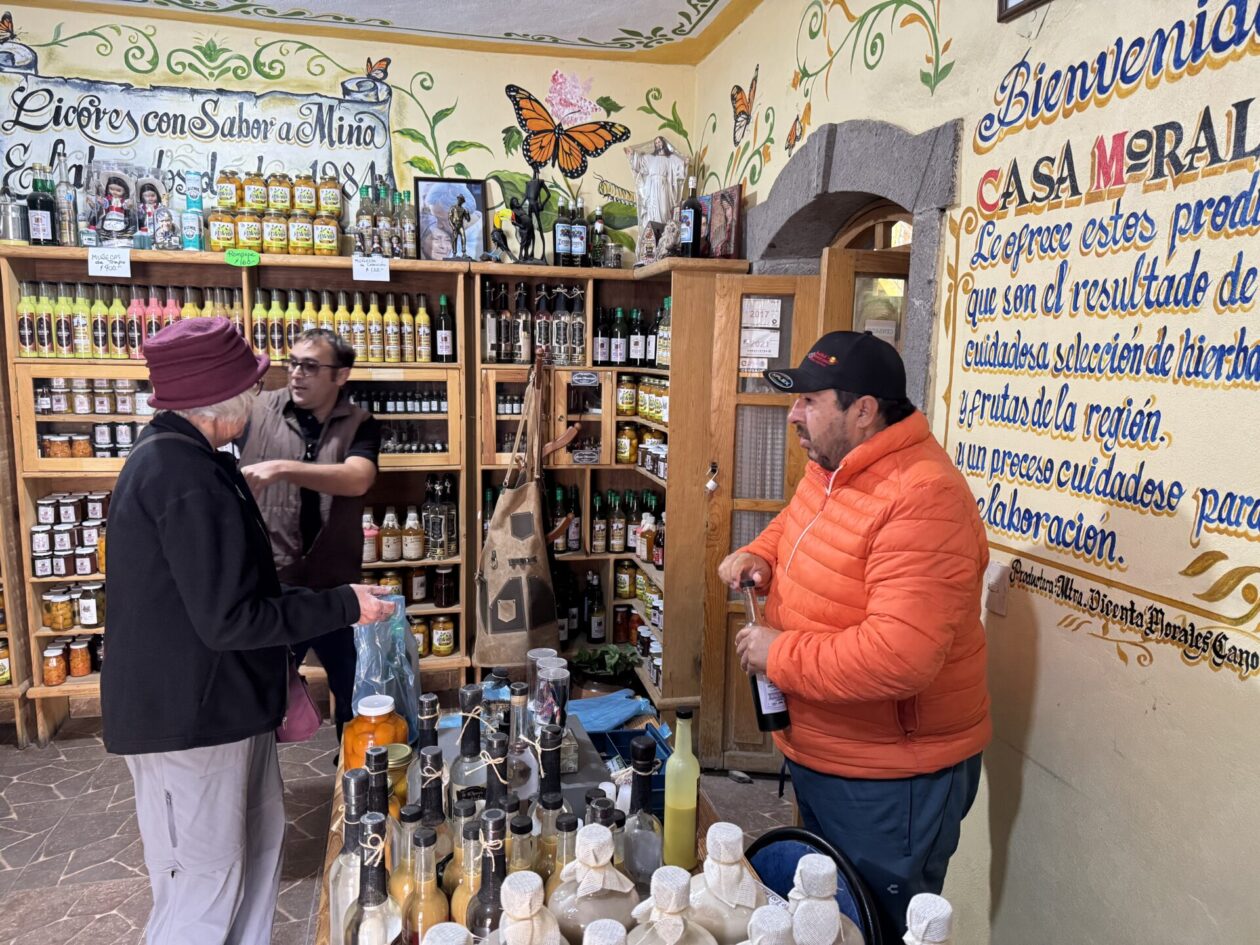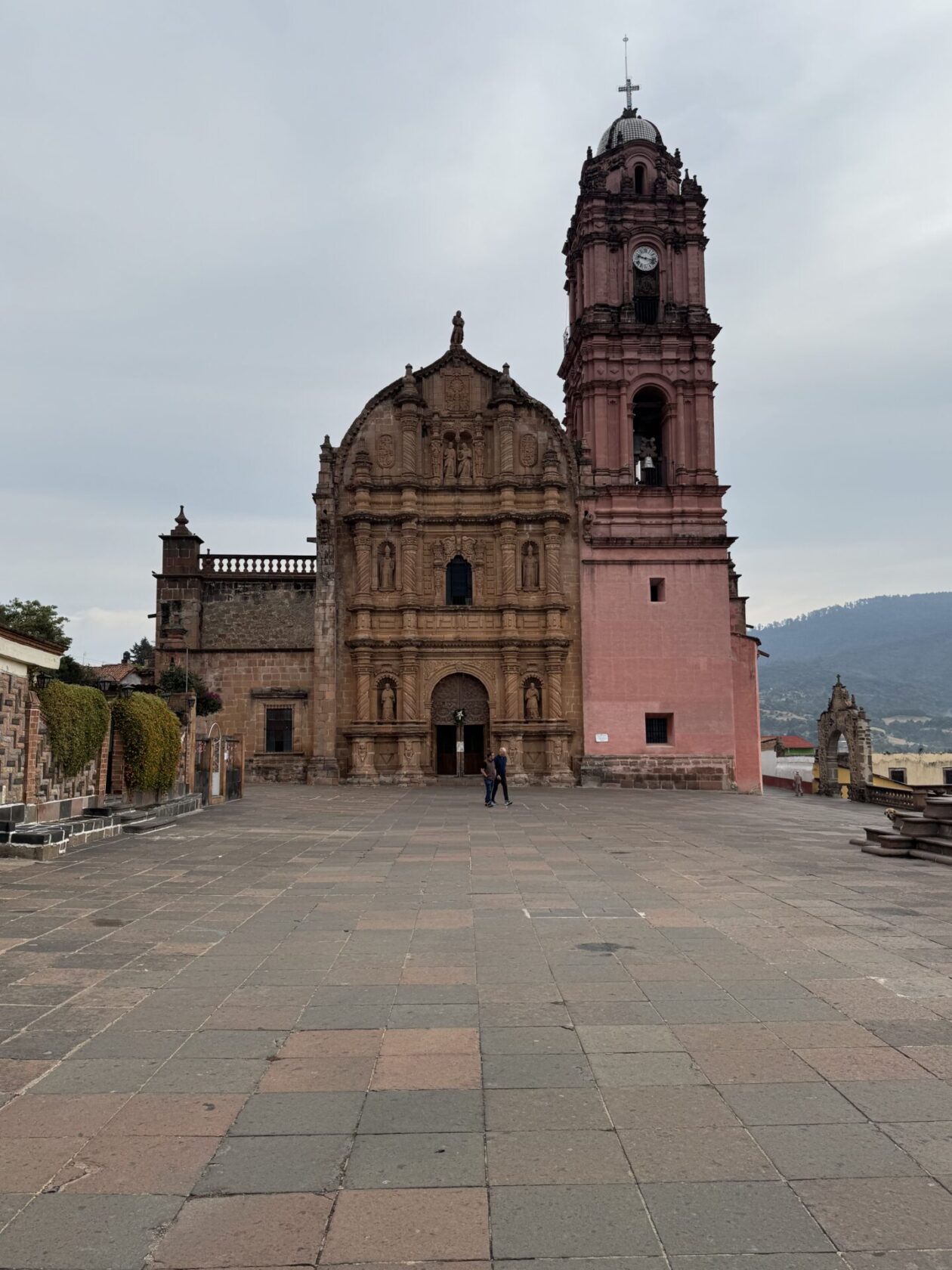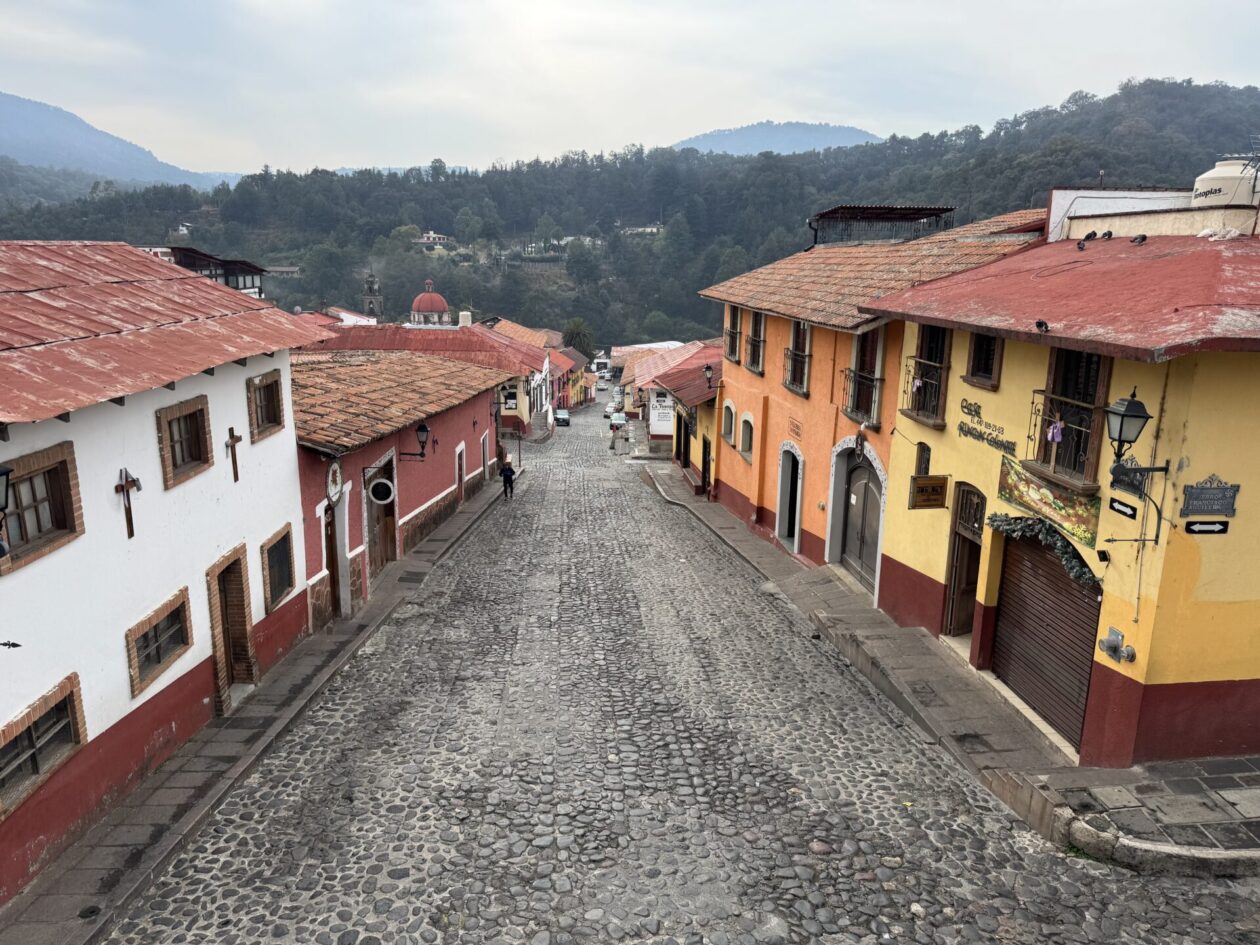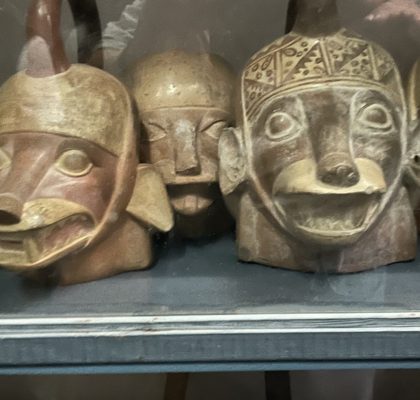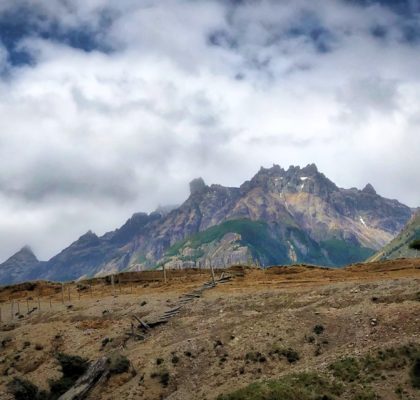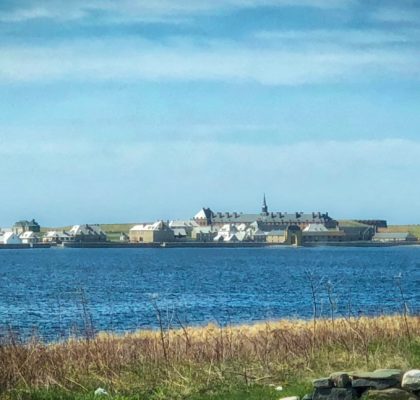- Our Michoacan adventure begins — Tlalpujahua and the Las Dos Estrellas Mine
- Butterflies — on the road to Morelia
- Morelia
Well, we are off again! One of the nice things about living in Mexico in the winter is that it puts us in reasonably close proximity to explore other parts of the country. To date we have visited 16 of the 31 states of Mexico as well as the federal district (Mexico City or CDMX). On four of the trips we have taken, we have been led by Damian Alvarez Diaz, guide extraordinaire as well as archeologist, caterer, and part owner of a tilapia farm (nobody in Mexico has only one job). We generally meet Damian somewhere in the country and we go zooming around the countryside — originally in his old white Pontiac, but now in rented vans (it’s lost a bit of its charm…). Anyway, this week we will be visiting Michoacan (means “place of fishermen” because of the many lakes here. We’ve wanted to do this trip for a while but have been a bit nervous about the cartel. But the itinerary Damian has put together will keep us far away from them. Instead we’ll be driving around in the mountains, enjoying the natural beauty, visiting one of the famous Monarch Butterfly sanctuaries, exploring a number of colonial cities and towns, eating the regional foods that have actually been recognized as intangible World Heritage, and perusing the many arts and crafts that they are known for. I should mention that we are traveling with our neighbors from Puerto Vallarta — Bill and Shannon. They are fun to travel with!
To start the journey, we had to fly into Mexico City and spend the night at a hotel near the airport. Given the lateness of our flight, we didn’t make it to our rooms until about midnight. Nothing like a short night to get you off on the right foot! Trying to get through the State of Mexico and into Michoacan turned out to be pretty exciting. In addition to the typical Monday morning rush hour traffic in CDMX, we ran into a protest by health care workers who blocked the highway. This is a pretty common occurrence in Mexico, but it’s not clear that it ever achieves what it sets out to do. Anyway, after driving through several side streets across two towns, we found a guy that looked pretty confident in where he was going, so we followed him. It worked! Following him got us just on the other side of the protest and we were on our way again! After a brief stop for lunch, we drove another few hours and arrived in the area of Tlalpujahua (pronounced Tlal-pooh-how-a). Let me warn you in advance, you are going to see some incredible town names on this trip. It’s like they were having fun when they made them up! Anyway, it is a charming little town with beautiful architecture that dates to the early 20th century when this area was the world’s leading producer of gold — the source of the wealth in the area. In fact, we were there to visit the Dos Estrellas Mine Museum where a section of mine shaft, houses, and workshops are available for visiting. I was surprised that I had never heard of this mine — especially given its large production. That’s because all of the gold was shipped to England, with little benefit to the locals. In fact, it was European exploitation Round 2! Miners toiled in dangerous conditions, with many of them ending up with silicosis. One metric we learned was that there were 128 mine accidents per month and 2 deaths per day on average. As a result, life expectancy was 35-37 years, with most dying of pneumonia or other respiratory diseases. Add to that that workers were paid horribly and in scrip so they could only shop at the company store — and get further and further in debt. The operation ran 7/24/364 (they got New Year’s off) and the production was incredible. The ore that was mined was then shipped a few kilometers down the road where it was ground and processed, leaving tons and tons of tailings behind, trapped behind a dam — right above the town. Sadly, on May 27, 1937, after heavy rains and wind, the toxic sludge overwhelmed a dam and turned into a landslide that buried about a third of the town, killing at least 300 people. Amazingly, a remnant of the old church (now called the Carmen Tower, survived the landslide. Visiting it, it is hard to imagine that anything could have survived that inundation. Some claim it was a miracle as an image of the Virgin Mary showed up on the remnants of the altar. It is preserved in the town cathedral. In the years following the tragedy, the mine was sold and never approached the “greatness” had once achieved. The town’s population dwindled down to about 700 people. But then another sort of miracle occurred — Tlalpujahua reinvented into a tourist destination!
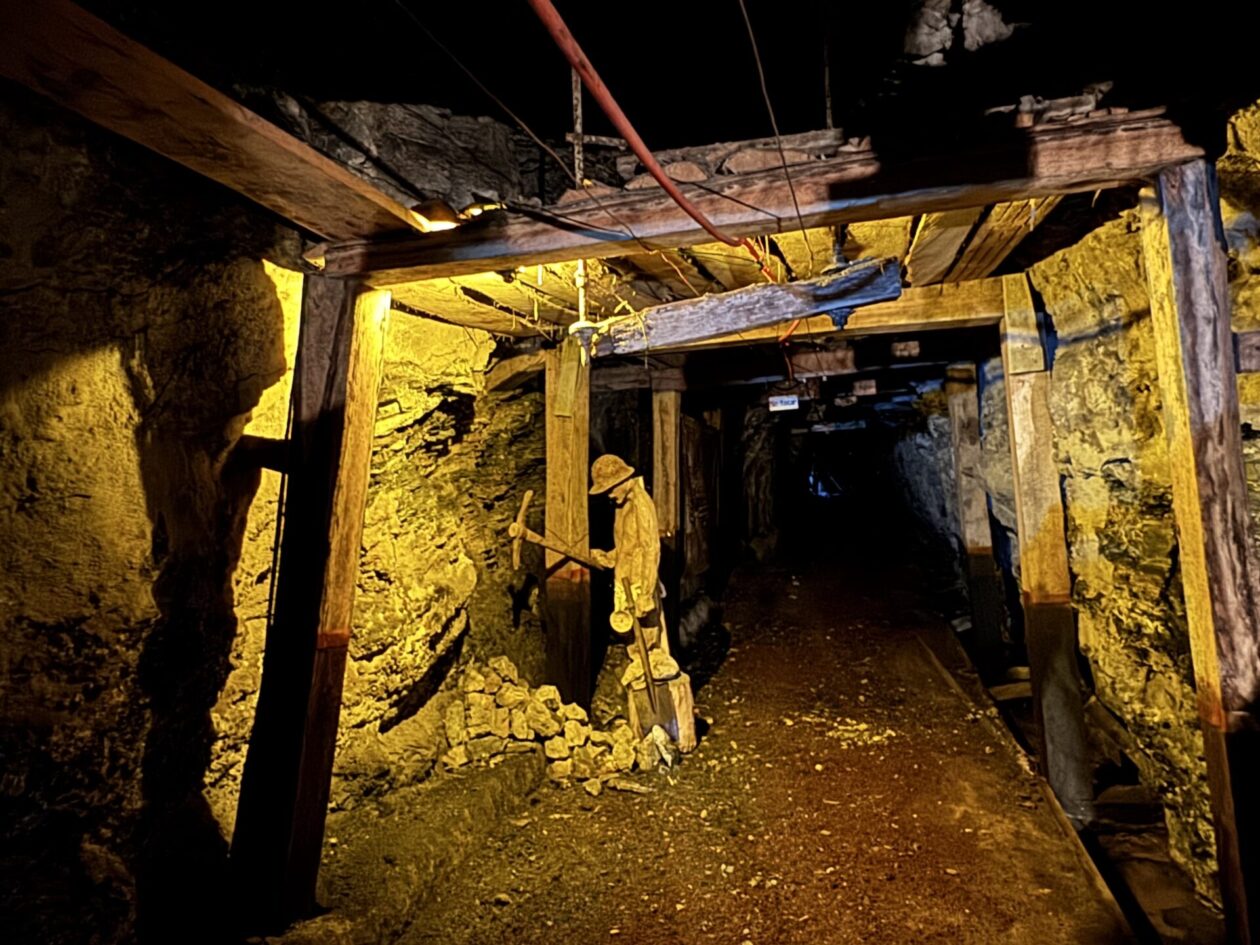
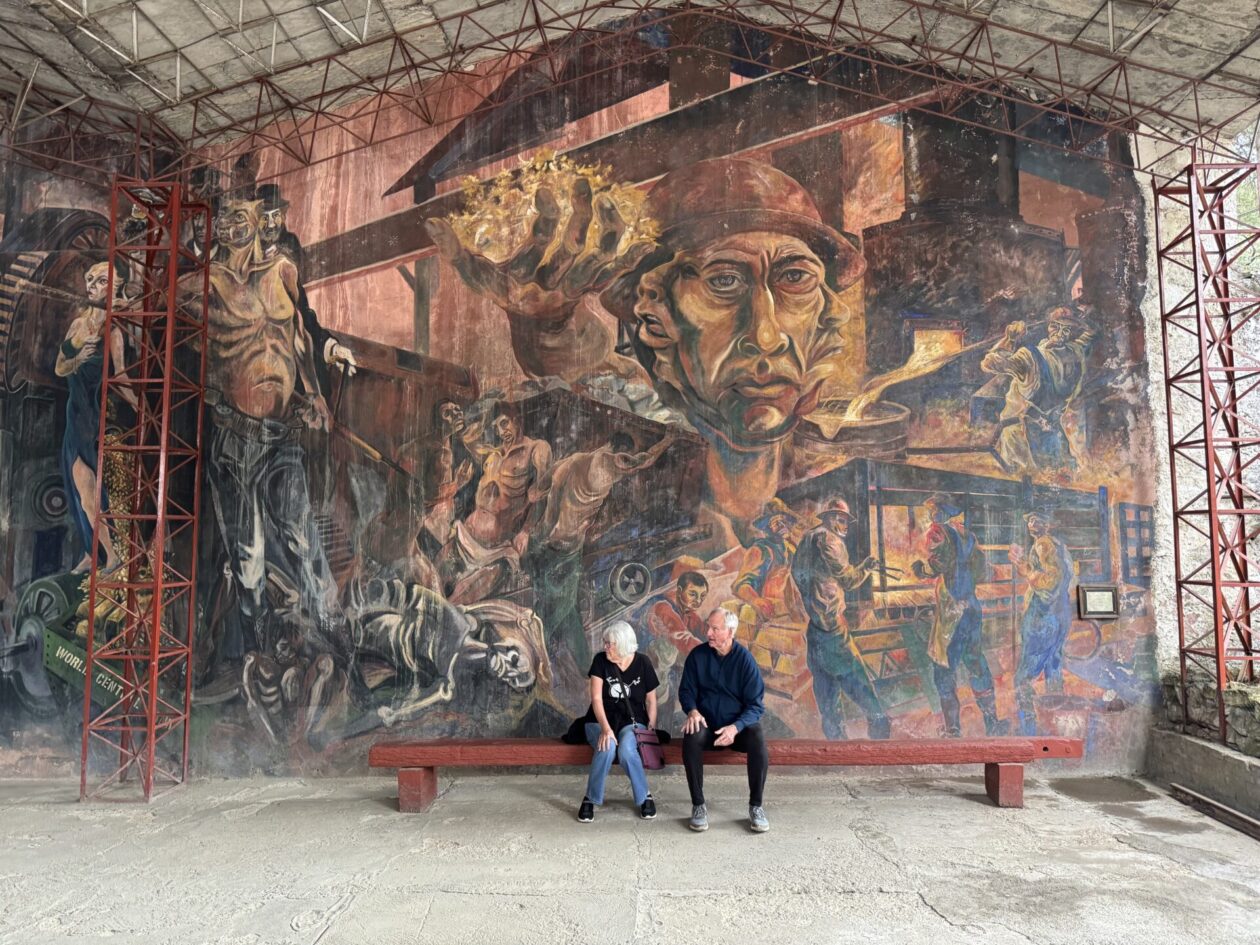
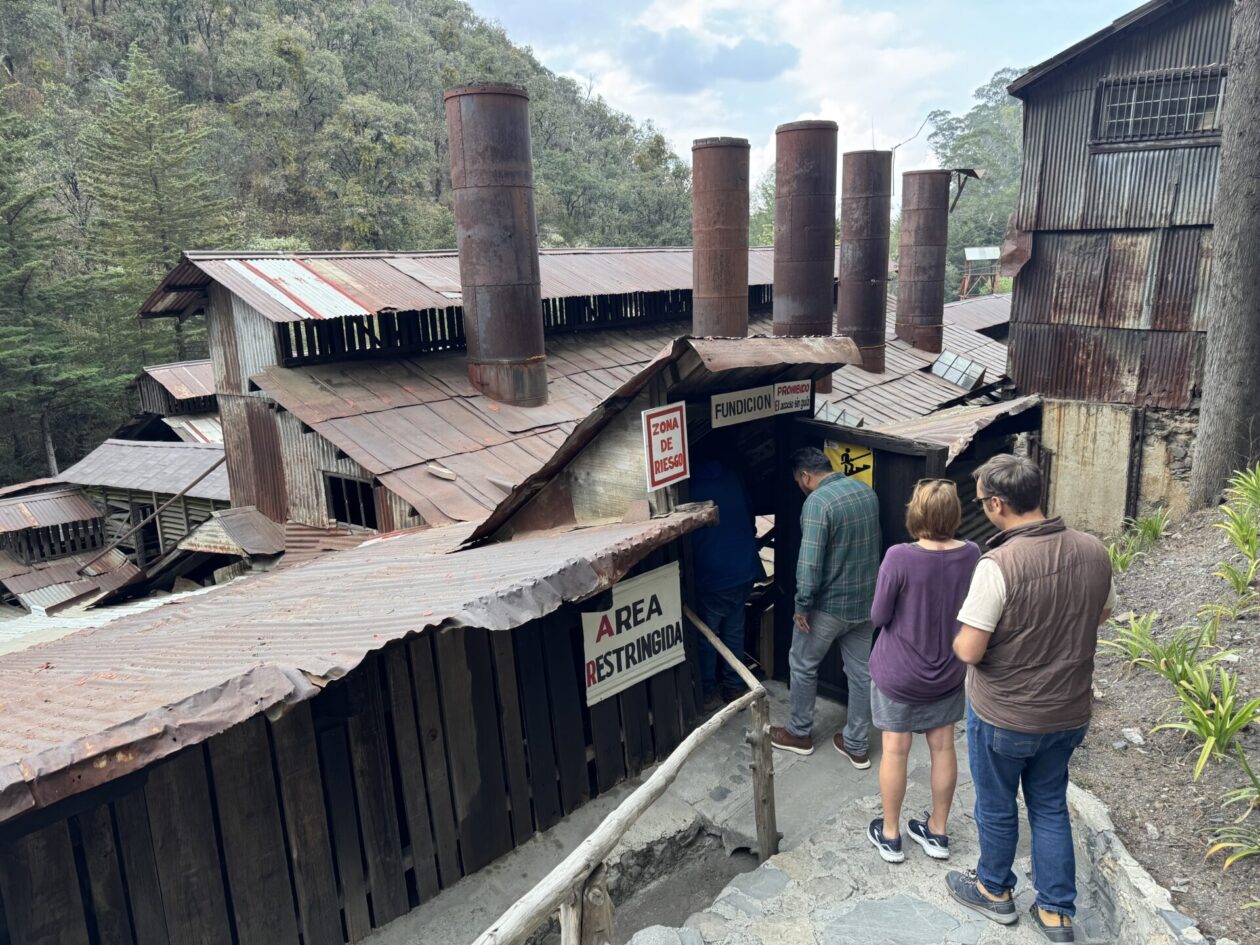
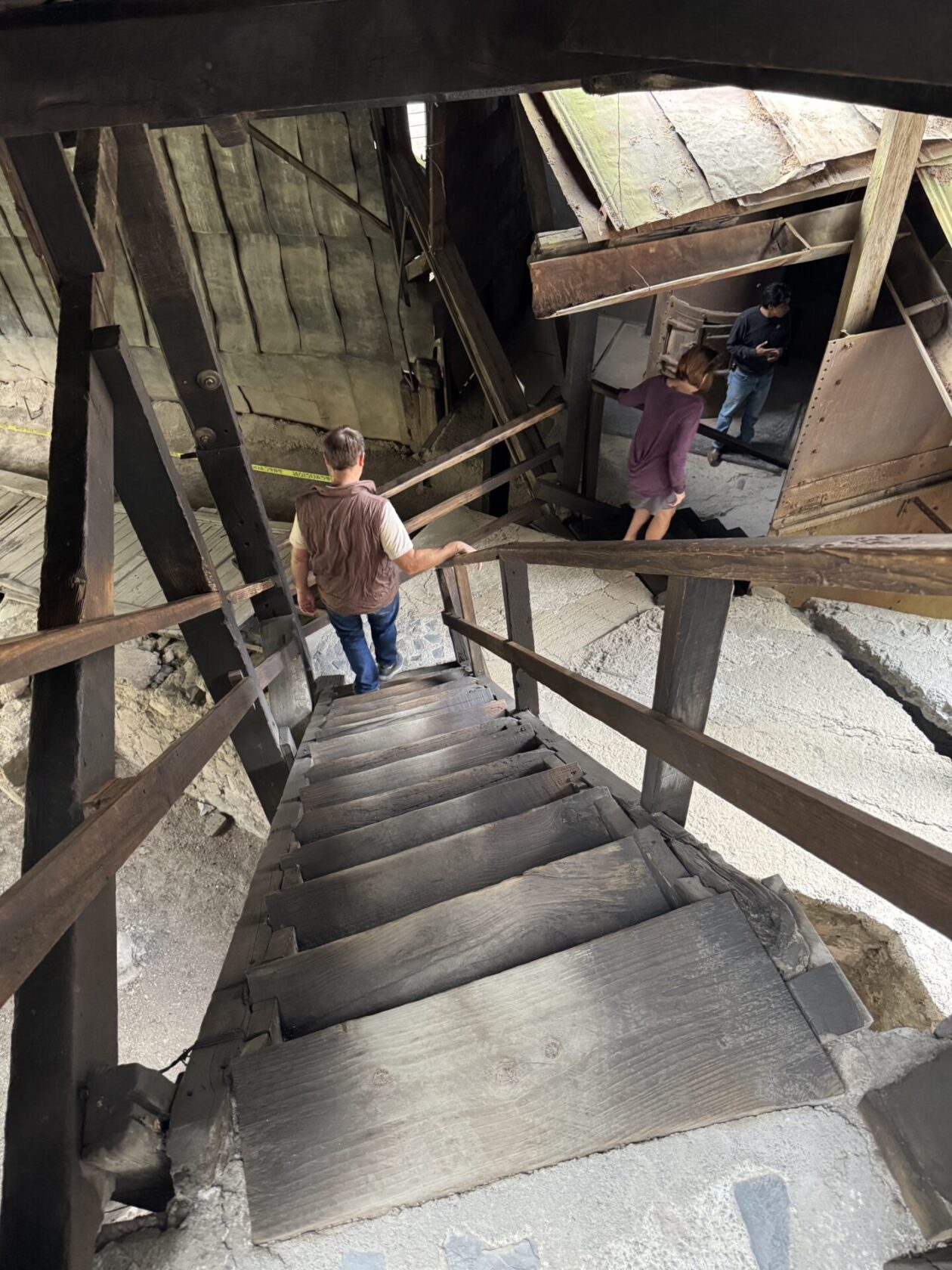

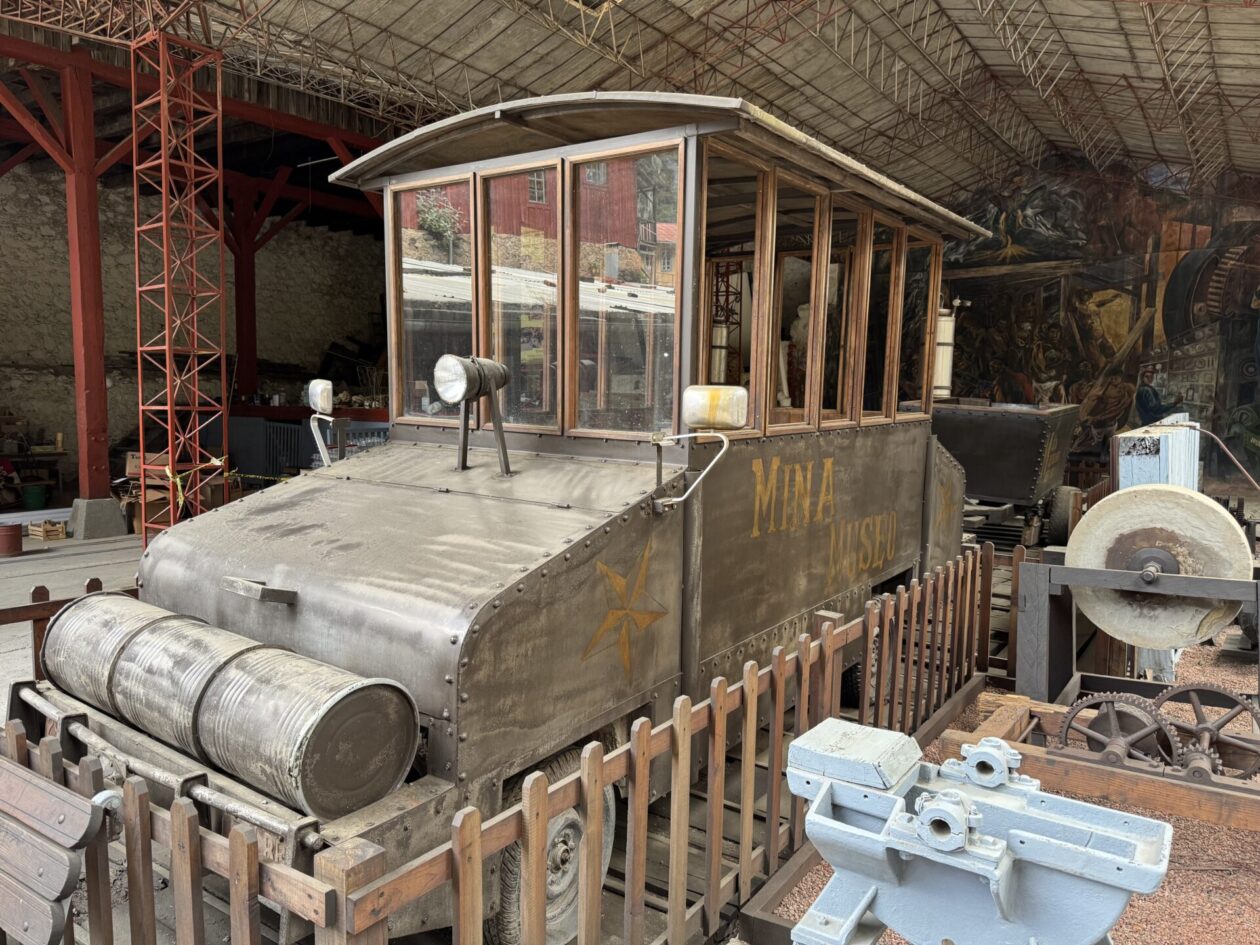

Sure, people were interested to learn about the mine tragedy, but this reinvention was a total rebirth — they are famous for their blown glass Christmas ornaments! What? Out in the middle of nowhere? Indeed! It turns out that with the closing of the mine, a number of people left, including going to the US. One couple left for Chicago back in the 1950s. There they learned how to blow glass Christmas ornaments. They returned in the 1960s and set up their little business. Today the company has multiple factories with thousands of workers, producing over 38 million ornaments that get shipped worldwide. We got to see a demonstration of both blowing the glass for the ornaments in various shapes and sizes and then decorating them — it really is a complex process and the work is exquisite! Amazingly, they sell for very little and often ship all over the world. We actually saw boxes of samples ready to ship to places like Walmart and Sears. Today, it seems that the whole town is about Christmas. Even the hotel we stayed in was a Christmas wonderland! Anyway, Tlalpujahua was a beautiful town and we enjoyed our brief time there. Like so many other towns in Mexico, it is built around a picturesque main square with cobblestone streets line with adobe and pink stone houses with red tile or tin roofs. In fact, it was declared a Pueblo Mágico back in 2005. Before we left, we stopped at a family shop that specializes in herbal remedies and liqueurs. Needless to say, we stocked up!!
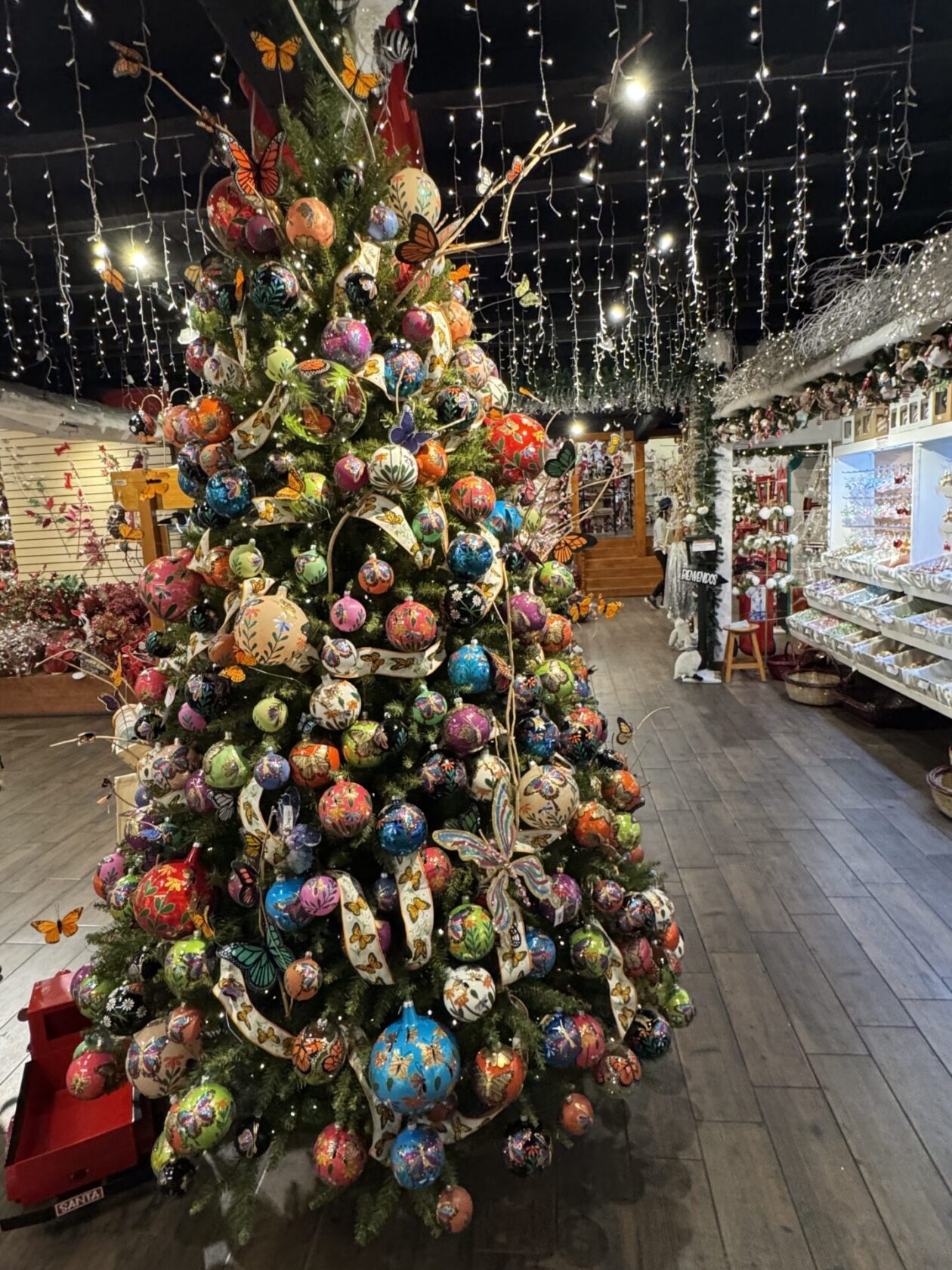
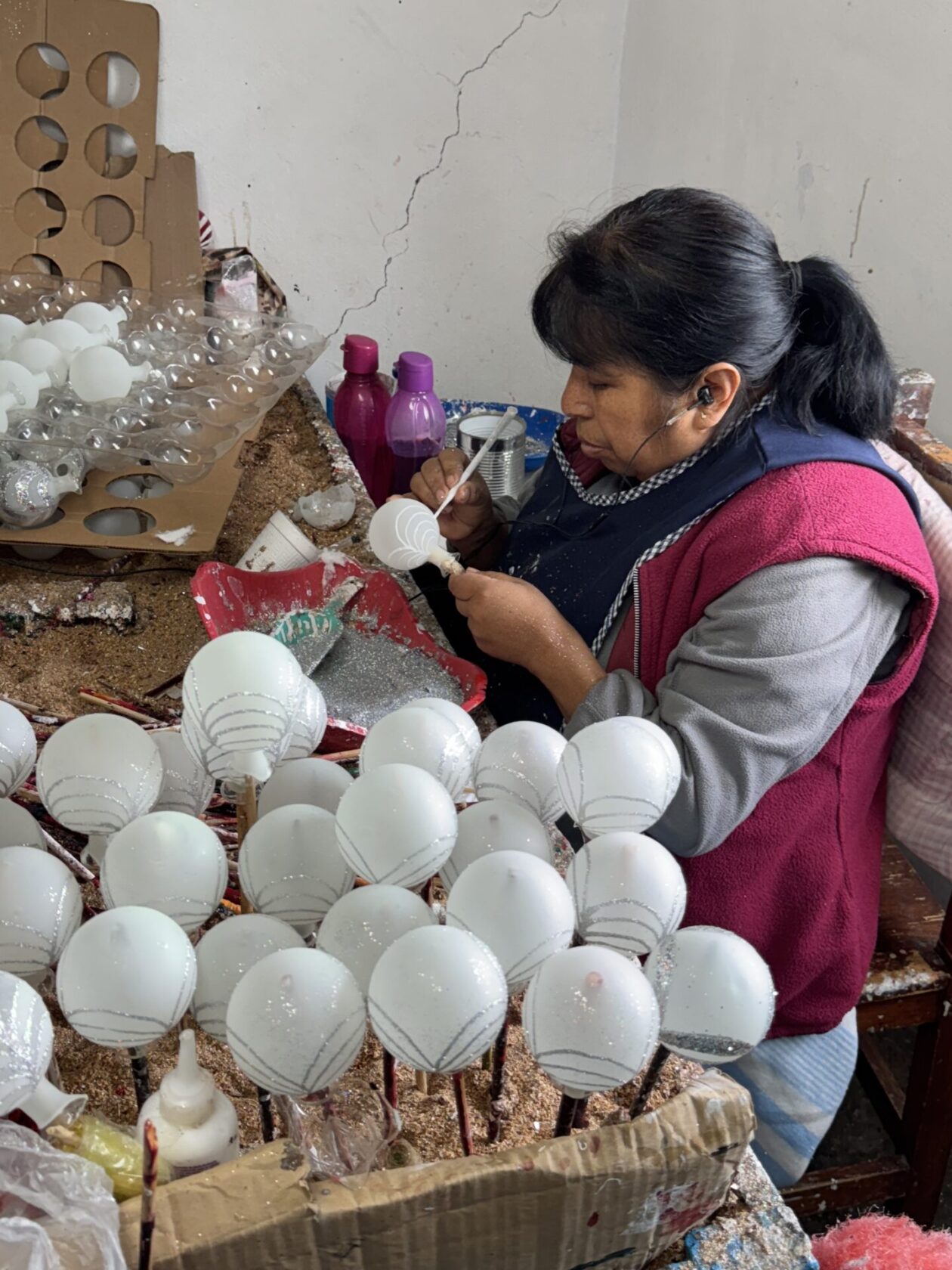
Next we go to see the Monarchs at one of the preserves about an hour from here!
This entry was posted in Uncategorized
